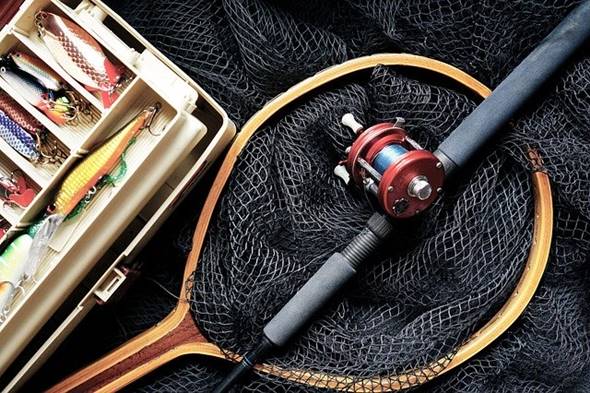
Fishing is a perfect sport to while away the time. Most beginners find it complicated, but angling is something you can master with time and practice and a little help from your friends like, like those over at fishingforbig.com.
With the information on this guide, you can learn the art of angling, and you can try to catch some fish. You can start by getting the essential tools and invest in expensive tools once you become a pro. This article will cover spin fishing, where an angler uses a rod with a spinning reel and baits to catch fish. This method is the easiest for first-time anglers, and it requires minimal investment. Here is a guide to angling for beginners.
1. Basics. Before you begin your angling experience, you must acquire a current fishing license. The license may vary from state to state. Visit your local fishing shop, convenience store, or go online to buy a permit.
i. Where to Fish. As a beginner, you may not know where to go fishing. Talk to an experienced person about where to fish. Such people often have the most current information about local waters. Lakes are a great option to start since they usually have a ban or dock. Moreover, the larger volume of water is host to several hungry fish that will run for your bait.
ii. Etiquette. Fishing involves respecting other anglers, the fish you catch, and your environment. Avoid crowding a spot where another angler is trying to catch fish. Give about 60 feet between you and other anglers. Do not keep more fish than you can eat. Look for signs that indicate whether you in catch and release waters.
iii. Gear. Visit your local fishing spot or click on CallOutdoors to buy your first gear. A spinning real and a rod is the best for beginners since they are easy to set up. Your local fishing shop will help you determine the best rod for a beginner. Lures and bait are your next purchase. Live worms or PowerBait are an excellent starting point. You can also get some bobbers. Bobbers are small floating balls that sink or bob when you catch a fish. You will also need a rubber net, needle-nose pliers, and a tackle box.
2. Skills. With a license, the right gear, and an idea of where to begin your fishing experience, it is now time to learn some skills. The first thing to learn is how to make different knots. The clinch knot is the most important. This knot attaches your hook to the line. The Palomar knot is another option to connect your bait to your line, but it is more reliable and easier to tie. The double surgeon knot attaches two pieces of the line. For instance, if your lure gets caught on a rock and the line breaks, your fashion another line before attaching your hook. Another skill that you should master is reading the water. Reading the water will help you determine where the fish may be hiding so that you can target them better to make a good catch. In lakes, you will often find fish around weeds or downed trees close to the shore. Always look for places that fish may find suitable cover.
3. Catching your Fish. Catching fish involves three steps.
i. Casting. casting includes chucking your lure as far as possible, similar to throwing a baseball. Allow your line to be about 6 inches out of the rod, with the reel below your dominant hand. Spin the reel to create a bail that prevents the line from coming out of the spool. With your fingers holding the line, flip the bail, bring the rod tip up slightly behind you, and cast forward using your wrist and elbow. Allow the rod to remain vertical and release the line to send it flying. With the lure in the water, flip the bail back and start reeling.
ii. Hooking. Here, you have to take care to prevent your fish from spitting out of your lure and your line breaking. Once the fish has bitten your bait, ensure the hook is right into the mouth of the fish. When your bobber sinks, point the tip of your rod up and pull back while applying some pressure. At this point, focus on keeping your rod tip up and allow the fish to tire itself. Once it is tired, reel the fish in.
iii. Landing. With the fish hooked and reeled in close to shore, use a net to scoop it up and ensure that it does not flop on the rocks. Avoid squeezing its stomach or touching its gills when landing. If you intend to release it back into the water, do not keep it out of the water longer than you can hold your breath.
Keep on doing some research and practicing so that you can improve your angling skills.
We are happy to present this collaborative post to offer valuable information to our readers.


